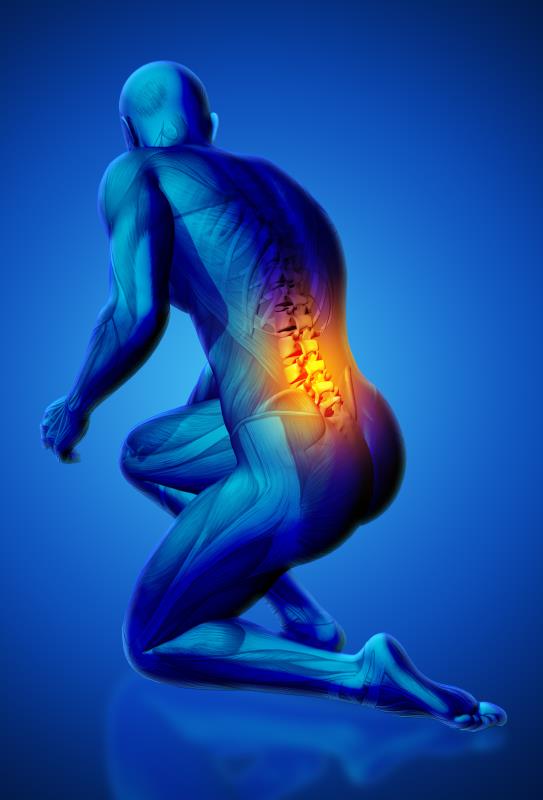Secukinumab gets FDA nod for nr-axSpA





The US FDA has given secukinumab the greenlight for the treatment of active non-radiographic axial spondyloarthritis (nr-axSpA), following its success in the phase III PREVENT trial, the largest ever for a biologic in nr-axSpa.
The nr-axSpA approval is the fourth indication for secukinumab, a fully human mAb* that selectively inhibits IL-17A. The drug is also approved for moderate-to-severe plaque psoriasis, psoriatic arthritis, and ankylosing spondylitis.
Secukinumab was demonstrated to be superior to placebo in ASAS40** outcomes after 52 weeks of therapy in the PREVENT trial of 555 adults with active nr-axSpA (onset before age 45, spinal pain ≥40/100 on a visual analog scale, and ≥4 on Bath Ankylosing Spondylitis Disease Activity Index). Patients were biologic-naïve or had inadequate response/were intolerant to tumour necrosis factor (TNF) inhibitor. [EULAR e-Congress 2020, OP0106]
nr-axSpA patients treated with subcutaneous injection of secukinumab 150 mg had a significant and clinically meaningful reduction in disease activity vs placebo (41.5 percent vs 29.2 percent; p<0.05), as measured by a 40 percent improvement in ASAS40 at week 16 that continued through week 52.
Statistically significant improvements in the secondary endpoints of pain, disease burden, and health-related quality of life were also demonstrated in the trial.
Efficacy evident at 16 weeks
PREVENT had two independent analysis plans – week 16 for the EU and week 52 for the US regulatory requirements.
Efficacy was noted as early as week 16 in patients treated with secukinumab (with or without a loading dose) every 4 weeks. The safety outcomes were consistent with previous secukinumab studies, and there were no new safety signals.
The EU earlier approved secukinumab for nr-axSpA in May. It is the third agent greenlighted by the FDA for nr-axSpA; the first two are certolizumab and ixekizumab.
“The approval of secukinumab brings a new therapeutic option for people living with nr-axSpA,” said Dr Atul Deodhar, medical director of Rheumatology Clinics, Oregon Health & Science University, Portland, Oregon, US, who is PREVENT trial investigator.
The disease is characterized by chronic inflammatory back pain with no visible damage seen on pelvic/sacroiliac (SI) X-rays, but with an elevated C-reactive protein (CRP) or abnormal MRI SI imaging.
Other tell-tale signs of nr-axSpA
A few signs that could differentiate nr-axSpA from other types of backpain depends on when the pain occurs, how long it lasts, and what makes it feel better.
Timing of pain can be at night or in the morning. Morning stiffness makes it difficult to get out of bed or get moving. Pain however feels better when moving around.
Symptoms often present in late adolescence or early adulthood. Enthesitis, an inflammation of the entheses (where tendons or ligaments insert into the bone), may set nr-AxSpA apart from other types of arthritis. Fingers or toes may swell up and some patients may even experience uveitis (inflammation of the uvea or the middle layer of the eye).